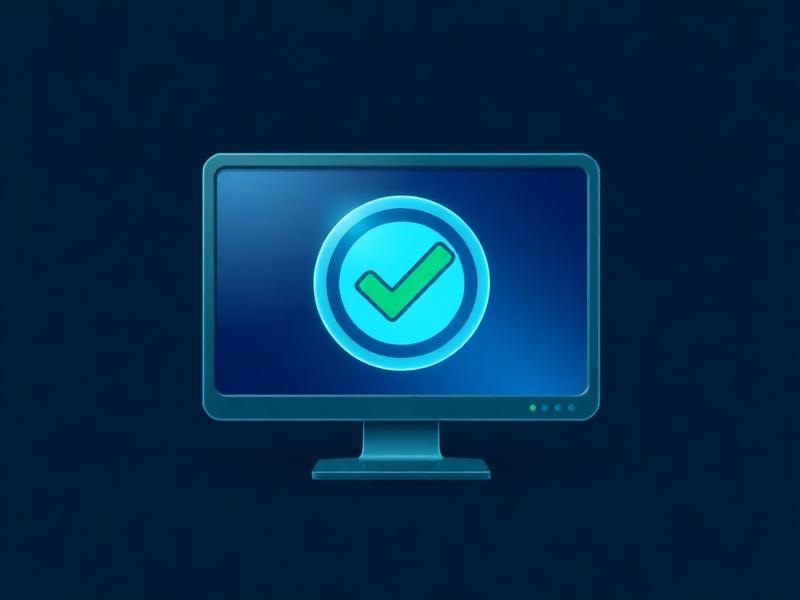Windows 10 Slow Boot on HP Laptop - causes, fixes, and prevention
Overview - what this guide covers
This guide shows fast ways to cut boot time, plus a repeatable routine with PC-Care.ai so startup stays quick after updates.
Symptoms you might see
- Login takes minutes after password entry
- Taskbar unresponsive for a while
- OneDrive or backup sync spikes disk
- Security software scans at logon
A long gap after sign in indicates heavy startup entries. An unresponsive taskbar often signals shell extensions or pending background tasks. Sync tools and security scans are common disk hogs just after boot.
Manual fixes - step by step
- Audit startup impact in Task Manager
- Delay or pause sync tools at logon
- Clear Windows update cache and temp files
- Update storage and chipset drivers
- Disable fast launchers you do not need
- Turn on Fast Startup
Task Manager ranks startup impact so you can disable the worst offenders. Pausing sync avoids immediate disk contention. Clearing update cache removes gigabytes of leftover files. Updated drivers reduce initialization time. Fast Startup shortens cold boot by caching the kernel state.
Prevention - keep the issue from coming back
After every big Windows update, run cleanup and review startups so boot time does not drift longer
Schedule weekly system cleanup with PC-Care.ai to keep temp and cache growth in check
How PC-Care.ai helps
PC-Care.ai identifies high impact startups and defers or disables them based on safe rules for your device class.
Cleanup removes old update packages and temp caches that slow boot after Patch Tuesday.
Run Free AI ScanFAQ
- What is a good Windows 10 boot time?
- On SSD systems, 20 to 30 seconds from power to usable desktop is typical. If it takes much longer, trim startups.
- Is Fast Startup safe to use?
- Yes for most users. If dual booting or using certain drivers, you may prefer it off - but for laptops it usually helps.
- Why does boot get slower over time?
- New apps add startup entries, caches grow, and drivers age. A monthly tune up reverses the drift.
- Do I need an SSD upgrade?
- If you still use a hard drive, moving to SSD is the biggest win for boot time and overall responsiveness.
- Can I script startup cleanup?
- Yes with PowerShell, but PC-Care.ai handles it with safe presets and a restore point.
- Will these steps help Windows 11 too?
- Yes - the same principles apply and results are similar.
References - further reading
- Manage startup programs
- support.microsoft.com/help/4026268
- Delete Windows update cache safely
- learn.microsoft.com/windows/deployment/update/windows-update-cleanup
